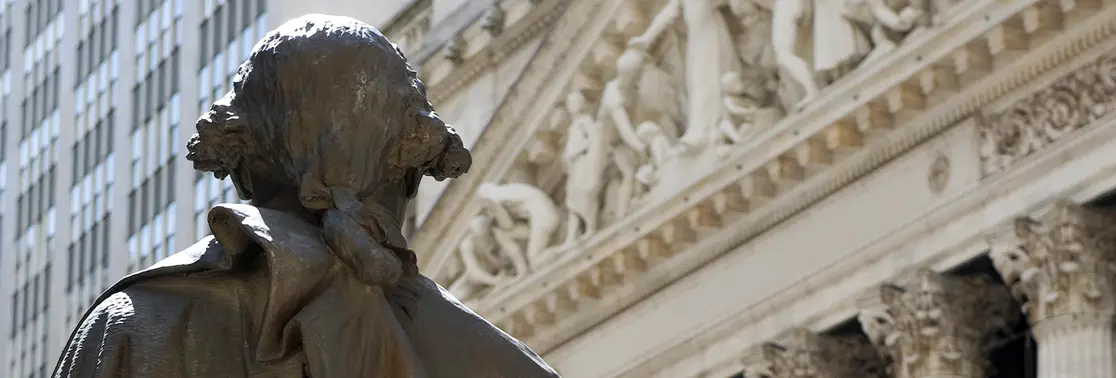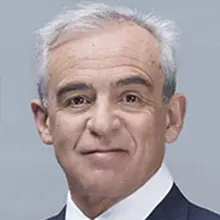Summary
ABSTRACT
Regime shift: towards a rebalancing from financial capital to physical tangible capital
In the ongoing regime shift, investors have to deal with significant legacies stemming from the previous regime (the one initiated under former Fed Chair Paul Volcker), namely two forms of inflation: asset price inflation over the course of three decades and more recently inflation in the price of goods and services.
We argue that underinvestment in the old economy has fuelled (albeit with a lag) the current resurgence of good old inflation while overinvestment in some areas of the so-called ‘new’ economy (the internet bubble in 1999, the Tech hype between 2015 and 2021) has inflated some sectors financially.
We also argue that these sharp discrepancies resulted from a combination of high demanded returns in equity (which discouraged real investments in most sectors) and the low cost of capital (which catalysed various forms of hubris, bubbles and leverage).
While overinvested sectors in the ‘new economy’ may be a rising component of the future landscape, some of these ‘tech dreams’ are built on fragile foundations. The fate of the broad economy lies (and will continue to lie) in the so-called old economy, as people are beginning to realise the impact of scarcity regarding simple, immediate and vital things. The most straightforward consequence is less growth and more inflation at trend: stagflation is the main risk embedded in the new regime, just like deflation characterised the previous one. These changes have profound consequences for investors.

